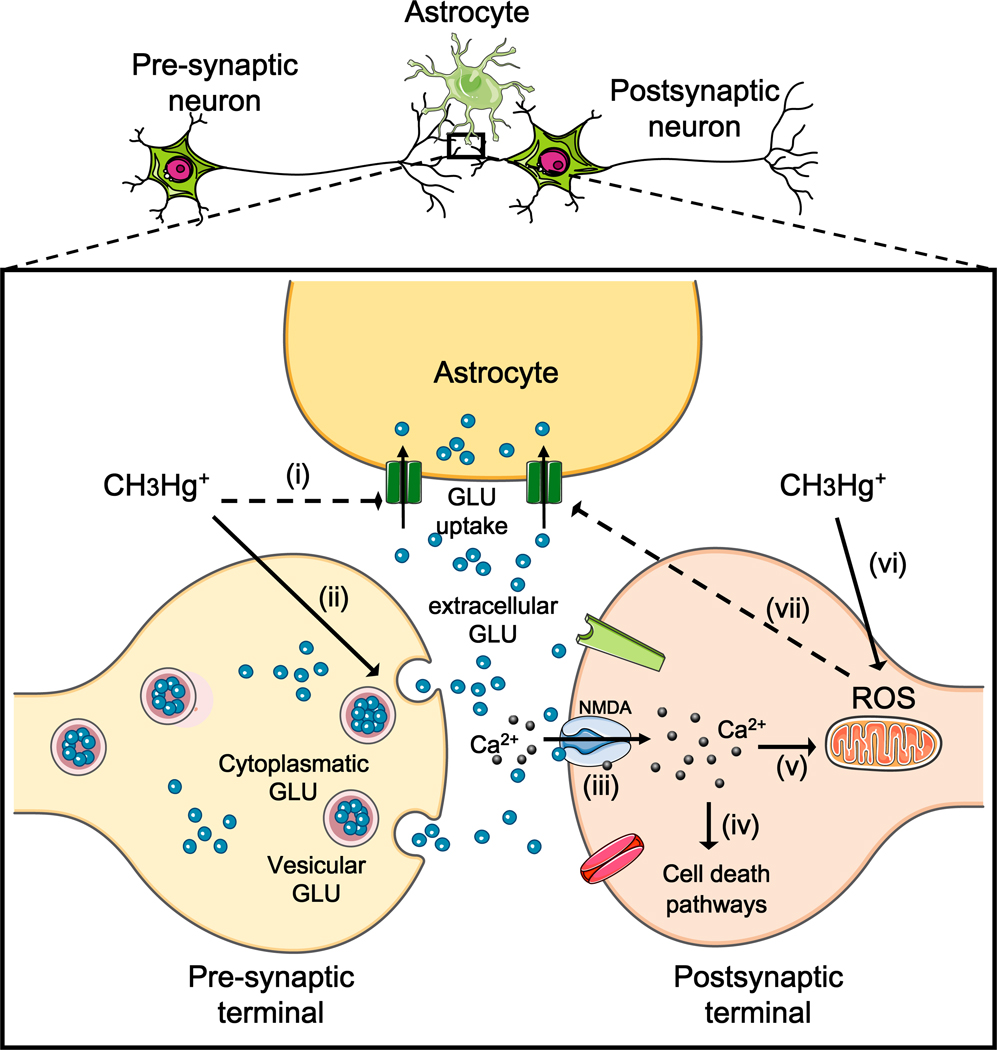Figure 3. Interrelated association among MeHg-induced oxidative stress, Ca2+ and glutamate dyshomeostasis.
The figure shows a tripartite synapses, where methylmercury (CH3Hg+; MeHg) inhibits astrocytic glutamate uptake (i) and increases glutamate release (ii), leading to elevated extracellular glutamate levels. High levels of extracellular glutamate overactivate N-methyl D-aspartate (NMDA)-type glutamate receptor (iii). Overactivation of NMDA glutamate receptors leads to increased influx of Ca2+ into postsynaptic neurons, causing activation of cell death pathways (Hidalgo and Donaso, 2008). Alternatively, Ca2+ taken up by mitochondria may cause mitochondrial dysfunction and increased reactive oxygen species (ROS) generation (v). This last event is also directly stimulated by MeHg (vi), which seems to be related to misbalance in the electron transport chain (Mori et al., 2007). Increased levels of ROS (mainly H2O2) can directly decrease astrocytic glutamate uptake (vii) (Allen et al., 2001), contributing to excitotoxicity. GLU = glutamate.

